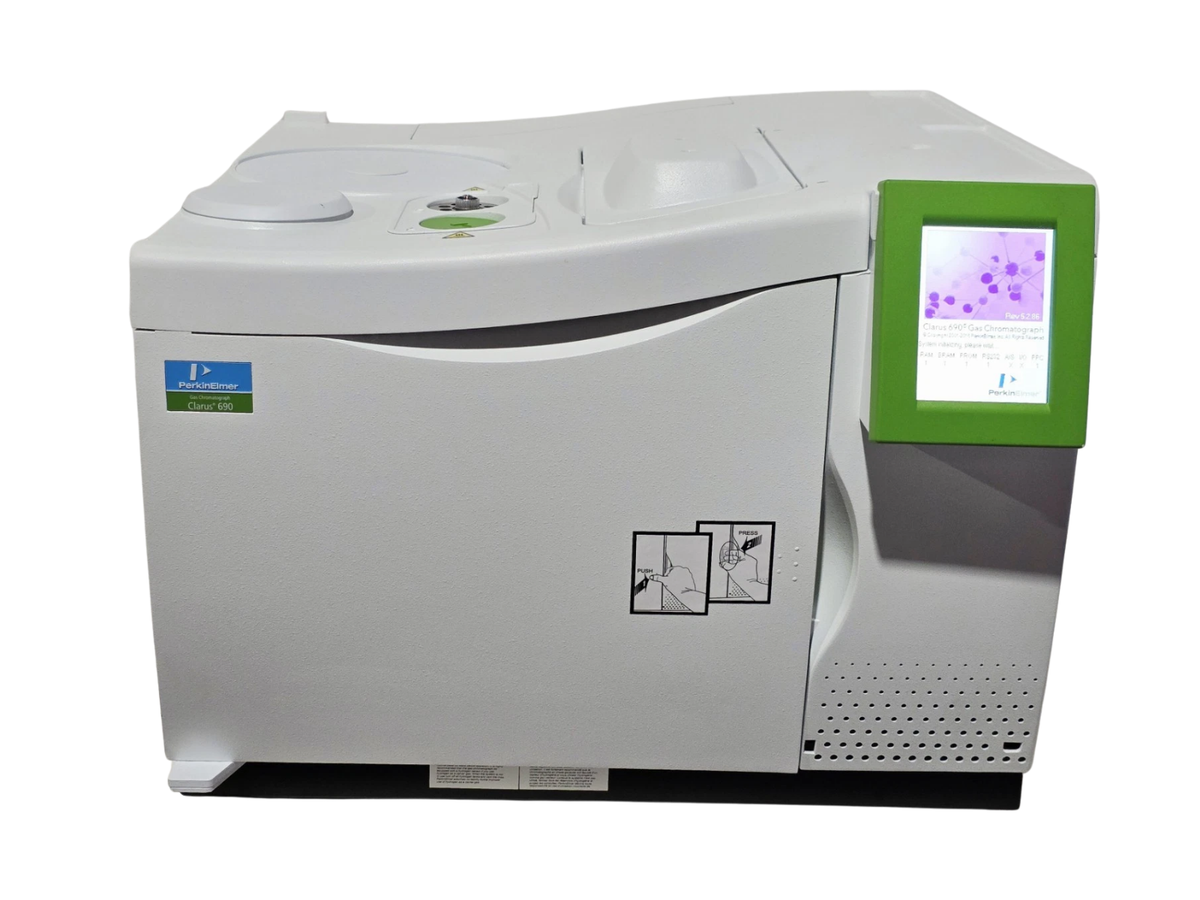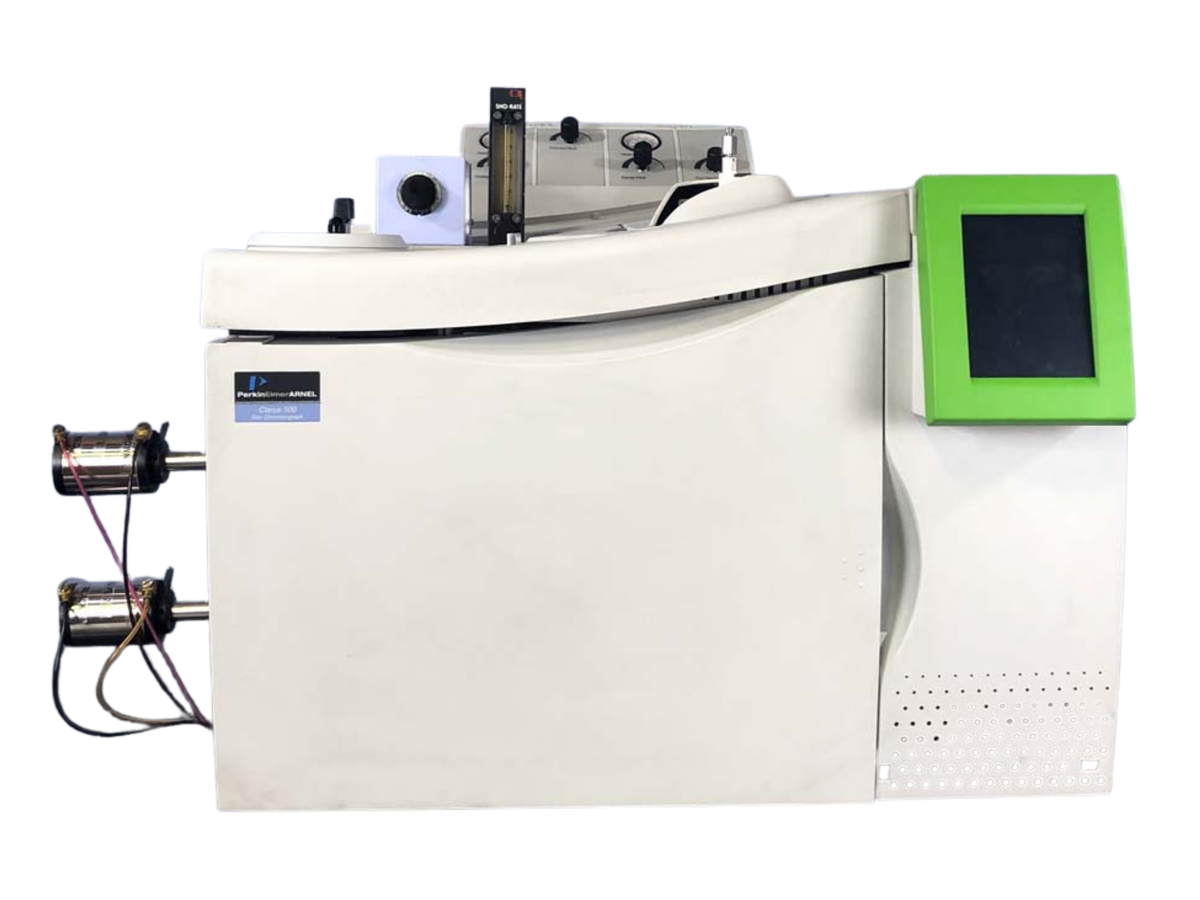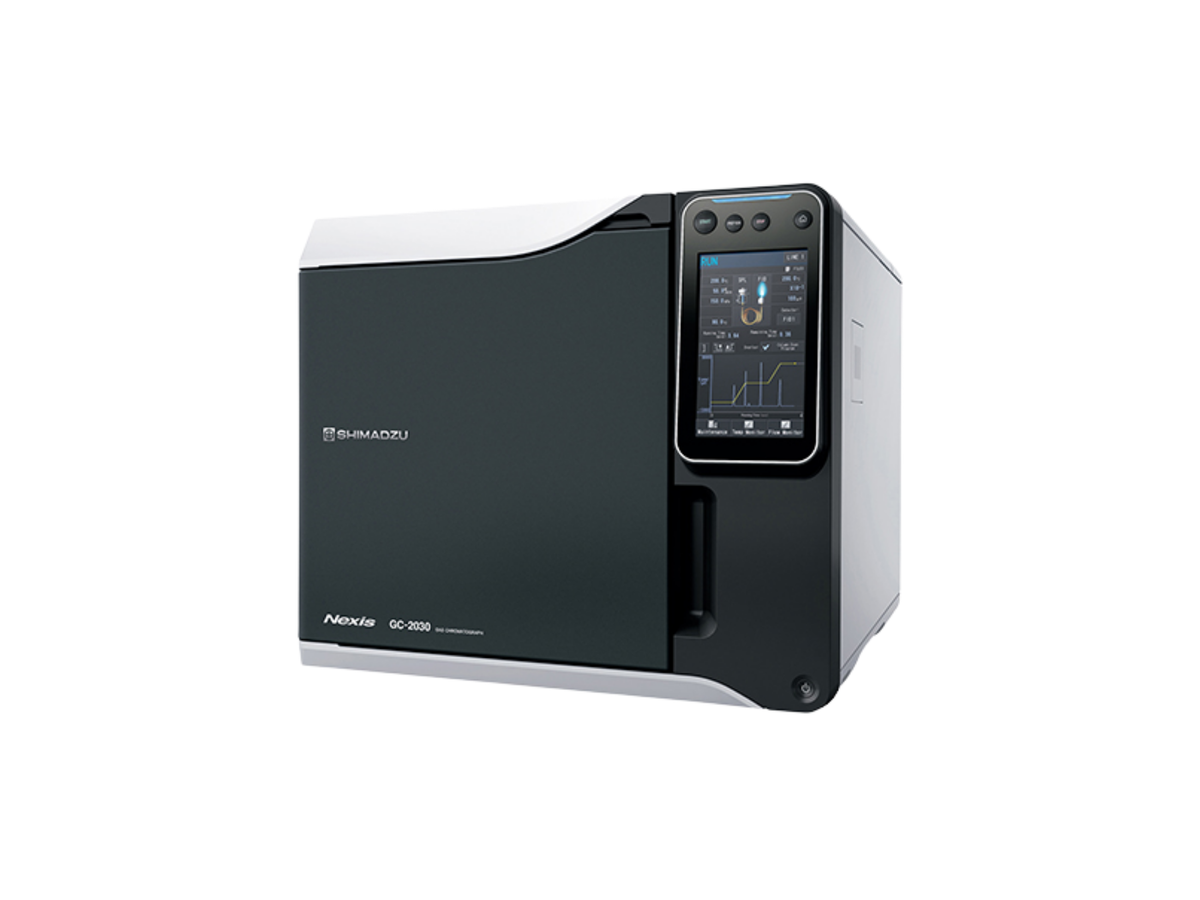Fluorescence Spectroscopy
Fluorescence Spectroscopy is a highly sensitive analytical technique that measures the light emitted by a substance after it has absorbed light or other electromagnetic radiation. When certain molecules absorb energy at a specific wavelength, they become excited and then release part of that energy as fluorescence at a longer wavelength. By analyzing this emitted light, scientists can identify compounds, study their structure, and determine concentrations even at very low levels. Fluorescence spectroscopy is widely used in biochemistry, medicine, and environmental science, particularly for detecting trace amounts of biomolecules, monitoring enzyme activity, studying protein–ligand interactions, and tracking pollutants. Its ability to provide both qualitative and quantitative data with high sensitivity makes it an essential tool in modern research and diagnostics.




